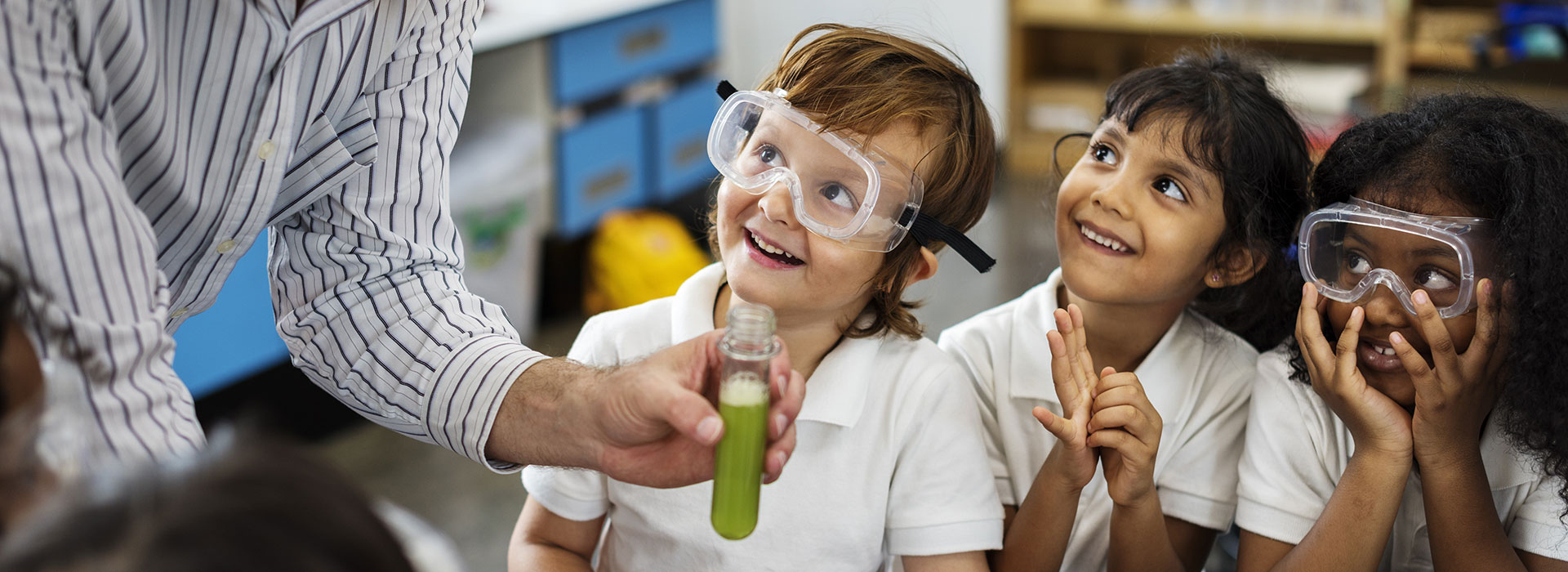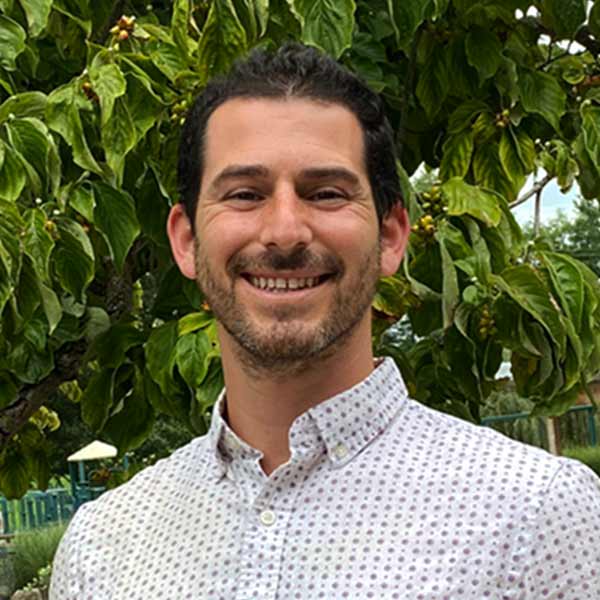Why We Need It and How to Put it in Our Syllabus
She was working in a bridal shop in Flushing Queens,’til her boyfriend kicked her out in one of those crushing scenes…
On a school trip to Riis Park in Queens, NY, my 6th grade class and I belted out the ever-popular theme song to The Nanny at the top of our 12-year-old lungs. These were the days before iPods, smartphones or music streaming, but we all enjoyed the same TV shows. Our makeshift choir sprawled out across bus seats, communicating in the familiar melodies of television theme songs like The Fresh Prince of Bel-Air and Friends until finally arriving at our destination.
I wonder why this one hour of my life over two decades ago still holds a place in my mind. So many experiences and so much information has come and gone, but that bus ride to Riis Park remains as vivid as ever.
In July, Adam Grant wrote an op-ed for The New York Times about how “we find our greatest joy in moments of collective effervescence” — a term coined by French sociologist Emile Durkheim more than 100 years ago. Collective effervescence is the feeling of energy and harmony when people are engaged in a shared purpose. It is a joie de vivre that manifests when we share moments with others, such as being in a stadium that erupts in simultaneous applause when a musician returns for an encore performance. It is an experience that is familiar to those of us who work in education. In classrooms and morning meetings, on fields and on the stage, moments of collective effervescence are a pretty common experience. It is how to build strong relationships with students; with the exception of this past year. This past year, such moments were at a premium.
Collective moments of any kind were infrequent. Their presence was subordinated by COVID protocols that kept us apart from one another. Whether at 6 feet or 6 miles, school became an exercise in eating our vegetables without the promise of dessert. As we gear up for a return to in-person school this fall, we’ll need to balance interventions that address learning loss with activities to strengthen relationships, that will bring back that specific kind of joy we’ve been missing — collective effervescence.
It might seem that collective effervescence is some frivolous extra that comes at the expense of academic achievement. The research tells a different story. Why build relationships with students? A sense of inclusion and engagement in a common enterprise can have academic benefits to students’ success as well as social-emotional benefits, with this heightened sense of belonging tied to increased academic achievement.
The role of collective effervescence as something vital and valuable isn’t new.
As familiar as you might be with Maslow’s Hierarchy of Needs, you might be less familiar with the inspiration for it. Maslow was inspired by the beliefs of the Blackfoot nation. According to the Blackfoot (Siksika) Nation, self-actualization is the starting point of the tipi, not the apotheosis. Above self-actualization is community actualization. True achievement is the consequence of moving beyond one’s self to share in a collective experience–something that we’ve all been missing for far too long.
There is a spontaneity to these moments, but there are also characteristics and conditions that help to create them. As we begin to prioritize our work for this coming school year, what can we do to curate these moments of collective effervescence? What kind of activities to strengthen relationships among students and between our students and us can we add to our curriculum? Here are a few tips.
House System
A house system is about creating unique cross-grade experiences that build community, strengthen relationships, and grow school spirit. Ongoing competitions and cooperative games work in tandem to create a positive and playful climate that enrich the student experience. At St. Francis, we are rolling out a house system this year. We are confident in the research that shows such an investment will improve the educational experience of our students; at the same time, such benefits are icing on the cake. For us, the founding of a house system boils down to the wisdom that “Fun is good.” And after the year we’ve all had, who could argue that?
Morning Meetings
Deliberately cultivating a sense of community is an important part of how to build strong relationships with students in the Middle School experience, so aspects of this are woven throughout each school day. Morning Meetings provide opportunities for students and teachers to gather together and discuss the day’s events, share important happenings, and celebrate achievements. It is a time for students to feel connected to and valued as friends, not only by their classmates but also by those in other grades, as well as the adults in the community. At St. Francis, Morning Meetings bookend our week. As a friend of mine once shared, “Sometimes, community is just about bringing the ships together.”
Student Lounge
As excited as we are for students to be back in the building, they are most excited to see one another, not us. Hurt feelings aside, we wanted to acknowledge this reality by creating a space where students could be with one another — a space where they could organically create those moments of collective joy. A student lounge doesn’t take much more than a few donations and an empty classroom. Based on our experience thus far, a student lounge is one of those low-cost, high-impact initiatives that puts effervescence front and center.
More than 20 years have passed since that day on the bus with my friends, and as I write about it, I still smile. Even more than the good feelings it elicits, it’s a memory that many of my friends also share. We still talk about that bus ride. Reminiscing about it, we chuckle — and, now and again, even sing along to some of those old tunes that hold an indelible place in our memories.
For all of the learning that our students lost this past year, perhaps their greatest deficit is that of collective effervescence. What can you do to bring some of that joy back into school?
Are you looking for a proactive, learner-centered, strengths-based approach for closing opportunity gaps?
Check out what The Core Collaborative has to offer with our Impact Teams Multi-Tiered Systems of Supports (MTSS) Framework!
Learn More!

